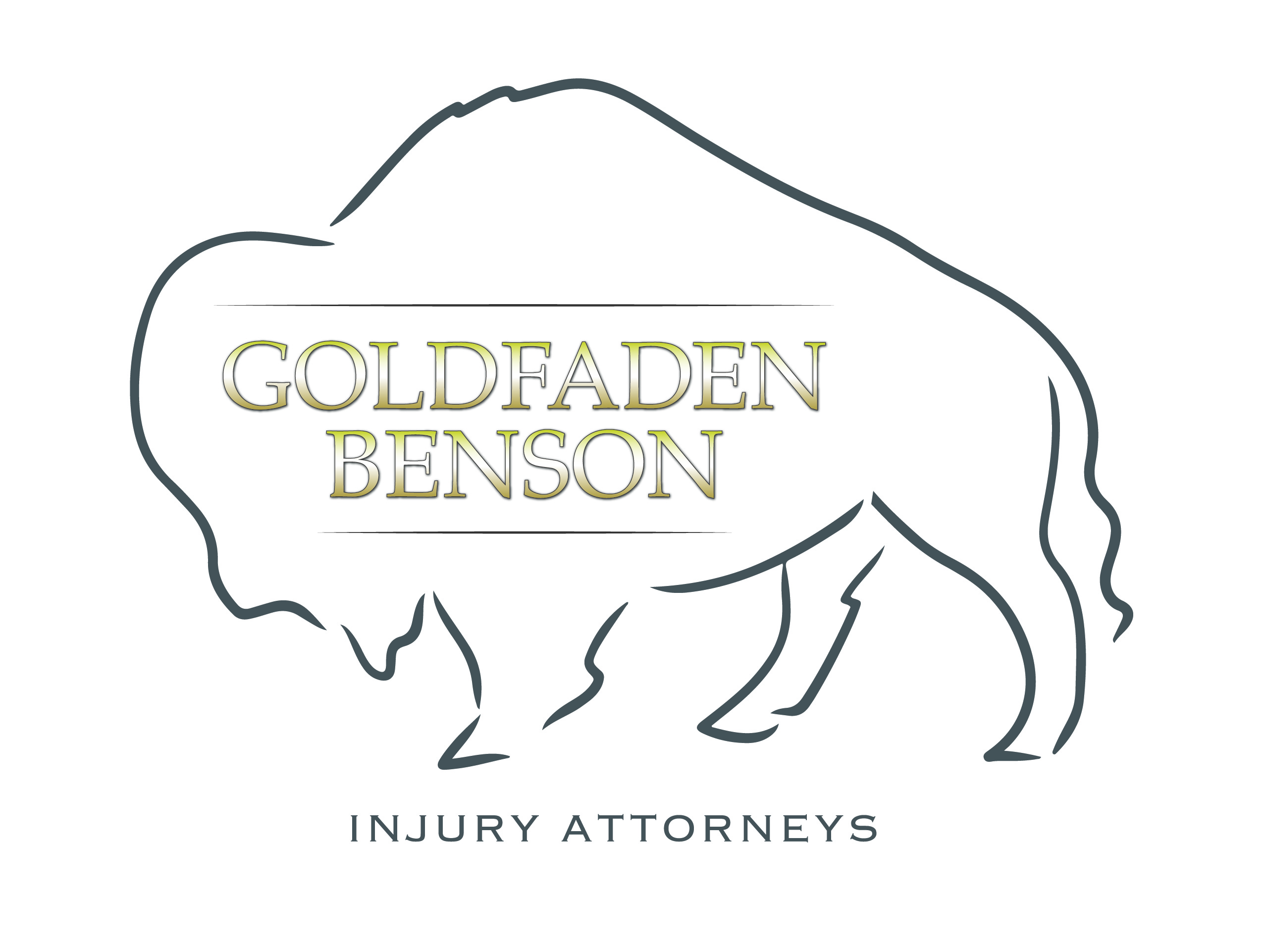Understanding Assault in Personal Injury Law
When we think about personal injury law, terms like "negligence" or "liability" often come to mind. However, one of the more straightforward yet impactful claims under this umbrella is assault. In California, assault doesn't just refer to physical harm; it encompasses the threat of such harm, making it crucial to understand its legal parameters.
What Is Assault?
Assault is essentially an act that puts someone in imminent apprehension of harmful or offensive contact. Imagine you're walking down the street, and someone approaches you aggressively, swinging their fists. Even if they don’t actually hit you, the threat conveys an imminent fear of harm, which can be enough for an assault claim.
To illustrate this further, consider a scenario where you're at a local bar. You have an argument with another patron who then raises their fist, making you fear they might hit you. In this case, that patron has committed an assault, even if they never actually made contact.
What Are the Essential Elements of Proving Assault?
If you're wondering what you would need to prove in a court of law to establish an assault claim, it boils down to five key elements:
1. **Intent**: The person who allegedly assaulted you must have acted with the intention to cause harmful or offensive contact or threatened to do so.
2. **Imminent Apprehension**: You must have reasonably believed that you were about to be touched in a harmful or offensive way. It's important that this belief is justified; mere words or threats alone typically don't constitute assault.
3. **Lack of Consent**: You did not consent to the conduct in question. If you voluntarily agreed to such behavior (like in a contact sport), it undermines the claim.
4. **Harm**: You must show that you experienced harm, which can be physical or emotional distress caused by the incident.
5. **Causation**: The conduct of the accused must have been a substantial factor in causing your harm.
These elements are clearly defined in the California Civil Jury Instructions (CACI) related to assault【6:1†source】. Understanding these requirements can make a significant difference in how a case is approached and argued in court.
Relatable Anecdote
Here's a quick fictional example to connect the dots. Jessica is enjoying a day at the park when she notices a man yelling obscenities at another person. Suddenly, the man brandishes a stick, raising it as if he intends to hit the other person. Although he doesn't follow through, Jessica, observing the scene, feels a rush of fear thinking she might be next if he turns his rage toward her. If Jessica were to decide to pursue an assault claim against this individual, she could argue that all five elements of assault were present in that instance — especially the intent, imminent apprehension, lack of consent, harm from the experience, and causation.
Final Thoughts
Assault is much more than physical confrontation; it can take place through mere threats or behavior that instills fear of immediate harm. If you ever find yourself in a situation where you're feeling unsafe or threatened, it is essential to understand your rights and the legal pathways available for protection.
If you have questions or concerns about a potential assault case, contact Goldfaden Benson today to discuss your situation and how we may assist you in navigating these complex issues. Understanding your rights is crucial in today's world.







